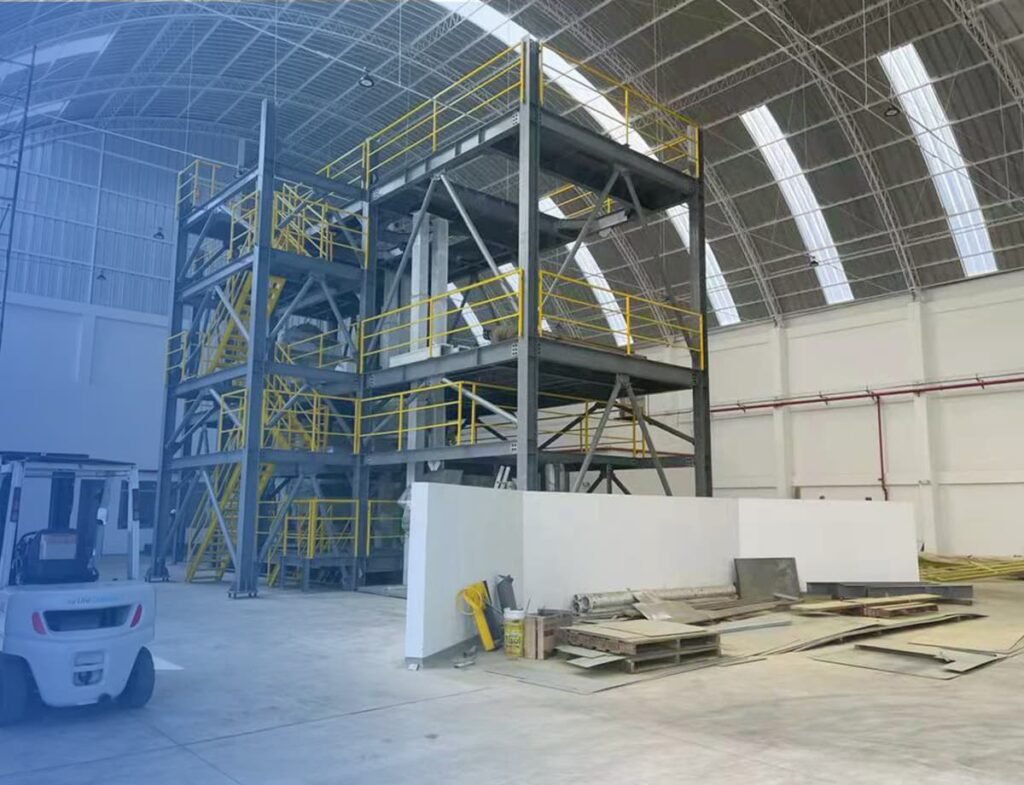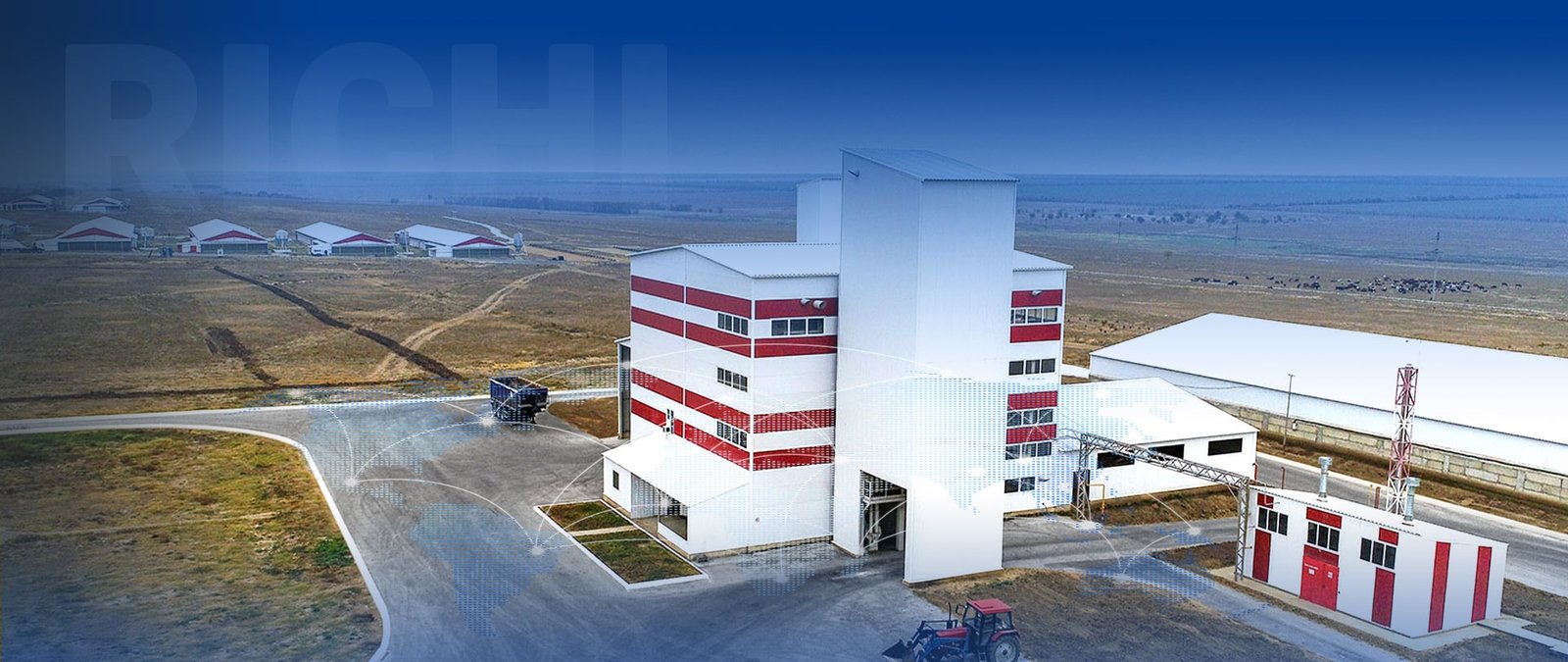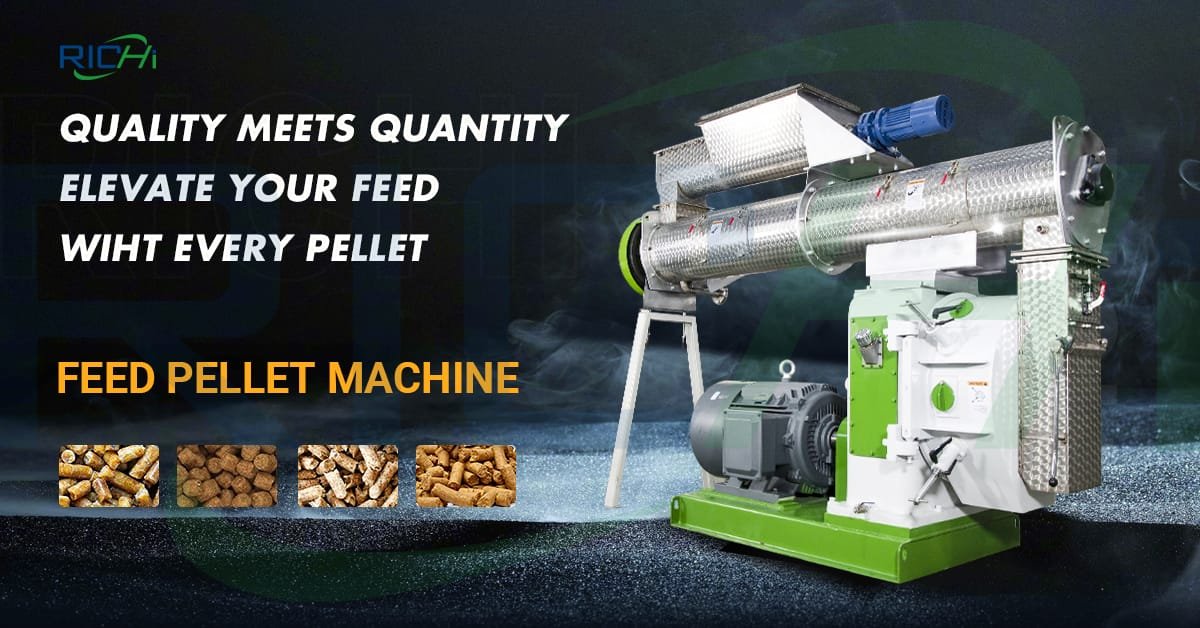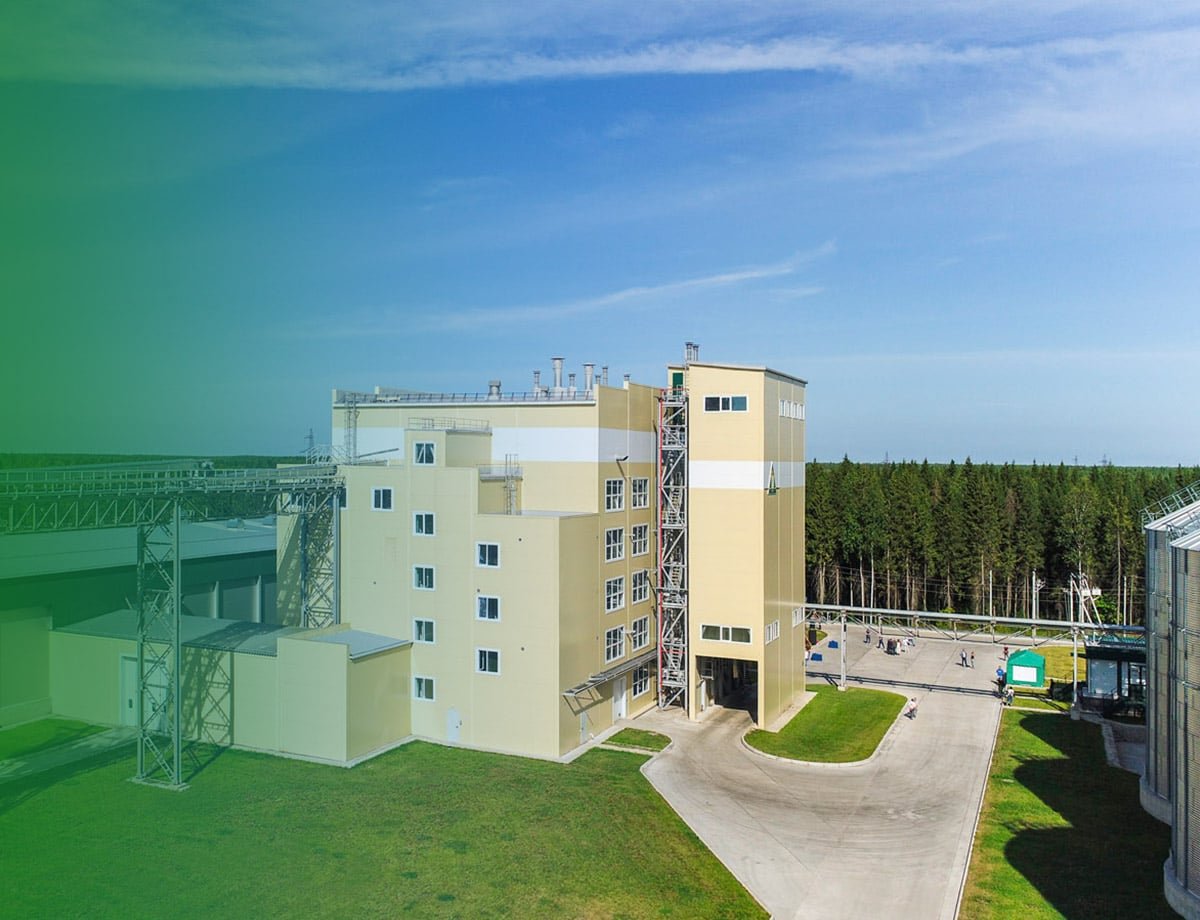Animal feed milling machines are vital in producing high-quality feed for livestock and poultry. A 5 t/h machine is ideal for small to medium-scale operations, offering an efficient and cost-effective solution for feed production. Selecting the right components for a 5 t/h animal feed milling machine is crucial to ensure optimal performance, durability, and efficiency. This article outlines the key components of a 5 t/h animal feed milling machine and provides guidance on selecting them.
1. Electric Motor
The electric motor serves as the primary power source for the feed milling machine. Choosing the right motor is essential for efficient operation and minimizing energy consumption.
- Power Rating: Select a motor with adequate power to operate the machine at its rated capacity. Motors for a 5 t/h machine typically range from 30 to 45 kW, depending on the design and components.
- Energy Efficiency: Opt for an energy-efficient motor, such as a premium efficiency or IE3 class motor, to reduce energy costs and environmental impact.
- Brand and Quality: Choose a reputable brand known for reliability, such as Siemens, ABB, or WEG. High-quality motors last longer and require less maintenance.

2. Hammer Mill
The hammer mill is responsible for grinding raw materials into fine particles, preparing them for further processing. Selecting the appropriate hammer mill is critical for achieving consistent particle size and efficient feed production.
- Rotor Design: Look for a hammer mill with a well-designed rotor that ensures even material distribution and minimizes wear on the hammers and screens.
- Screen Size: Choose a screen size suitable for the feed type being produced. Typical screen sizes for a 5 t/h machine range from 2 to 4 mm, depending on the feed formulation.
- Material and Construction: Opt for a hammer mill made from high-quality materials, such as hardened steel or alloy, to ensure durability and wear resistance.
3. Mixer
The mixer blends raw materials and additives to create a homogeneous feed mixture. Choosing the right mixer is essential for ensuring consistent feed quality and nutritional value.
- Mixing Capacity: Select a mixer with a capacity that meets your production needs. For a 5 t/h machine, a mixer with a capacity of 1 to 2 tons is usually sufficient.
- Mixing Action: Choose a mixer that provides efficient and uniform mixing, such as a horizontal or vertical ribbon mixer, ensuring all ingredients are thoroughly blended.
- Material and Construction: Opt for a mixer made from corrosion-resistant materials, such as stainless steel or coated mild steel.
4. Pellet Mill
The pellet mill is the core of the feed milling machine, responsible for compressing the feed mixture into pellets. Selecting the right pellet mill is crucial for producing high-quality pellets and ensuring efficient production.
- Die Size: Choose a die size suitable for the feed type being produced. Typical die sizes for a 5 t/h machine range from 4 to 6 mm, depending on the feed formulation.
- Roller Configuration: Select a pellet mill with rollers designed to provide even pressure and material distribution across the die surface.
- Material and Construction: Opt for a pellet mill made from high-quality materials, such as hardened steel or alloy, to ensure durability and wear resistance.
5. Cooler and Screener
The cooler and screener are essential for cooling and sifting the pellets after they exit the pellet mill. Selecting the right cooler and screener is critical for maintaining consistent pellet quality and efficient production.
- Cooling Capacity: Choose a cooler with a capacity that aligns with your production needs. For a 5 t/h machine, a cooler with a capacity of 5 to 6 tons per hour is typically adequate.
- Screening Efficiency: Select a screener that efficiently sifts the pellets, removing fines or oversized particles.
- Material and Construction: Opt for a cooler and screener made from corrosion-resistant materials, such as stainless steel or coated mild steel.
6. Control System
The control system monitors and controls the operation of the feed milling machine. Choosing the right control system is essential for efficient operation and minimizing downtime.
- Automation Level: Select a control system that meets your automation needs, ranging from basic manual controls to advanced PLC-based systems.
- User Interface: Opt for a control system with a user-friendly interface that provides clear and intuitive information about the machine’s operation.
- Reliability: Choose a control system from a reputable manufacturer known for quality and reliability, such as Siemens, Allen-Bradley, or Schneider Electric.
7. Maintenance and Support
When selecting components for a 5 t/h animal feed milling machine, it’s crucial to consider the availability of maintenance and support services.
- Spare Parts: Choose components from manufacturers that provide readily available spare parts, ensuring quick and efficient repairs.
- Technical Support: Select manufacturers that offer comprehensive technical support, including on-site service, remote troubleshooting, and operator training.
Conclusion
Choosing the right components for a 5 t/h animal feed plant machinery is essential for ensuring optimal performance, durability, and efficiency. By selecting high-quality components from reputable manufacturers and considering factors like power rating, material and construction, and maintenance support, feed producers can ensure their machine operates at peak performance and consistently delivers high-quality feed. Investing in the right components enhances productivity, reduces operating costs, and helps maintain competitiveness in the rapidly evolving animal feed market.








